This particle helps give mass to all elementary particles that have mass, such as electrons and protons. When I was a teenager I could imagine a particle, I had been on the beach, I knew what grains of sand looked like. In the extreme energies of these collisions, the desired esoteric particles are produced from time to time, which can be detected and studied; any absence or difference with respect to theoretical expectations can also be used to improve the theory. Particles, such as protons, made up of quarks obtain most of their mass from the bonding energy that holds their components together.
W-boson decays in quarks are difficult to distinguish from the background, and decay in leptons cannot be completely reconstructed (because neutrinos are impossible to detect in particle collision experiments). To conclude that a new particle has been found, particle physicists require that the statistical analysis of two independent particle detectors each indicate that there is less than one in a million chance that the observed decay signatures are due solely to random events in the Standard Model in the background. The key method for distinguishing between these different models is the study of particle interactions (coupling) and exact decay processes (branching proportions), which can be experimentally measured and tested in particle collisions. First, the publisher did not allow us to call it the Damned Particle, although that might be a more appropriate title, given its evil nature and the expenses it is causing.
The standard model includes a field of the type needed to break the electroweak symmetry and give the particles their correct mass. However, as physicists populated the particle zoo with electrons, protons, bosons and all kinds of quarks, some pressing questions remained unanswered. The number of elementary particle fields recognized by the standard model has changed over the past 100 years as new fields were discovered, but the four forces involved remained constant: gravity, electromagnetism, the strong nuclear force and the weak nuclear force. In the late 1950s and early 1960s, physicists still didn't know how to solve these problems or how to create an integral theory for particle physics.
CERN estimates that, after the update each year, the accelerator will create 15 million of these particles. A boson is a force-carrying particle that comes into play when particles interact with each other, and a boson is exchanged during this interaction.
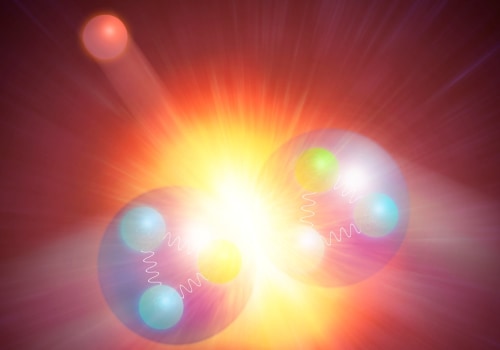
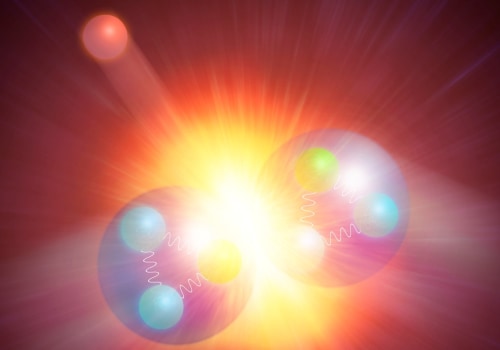
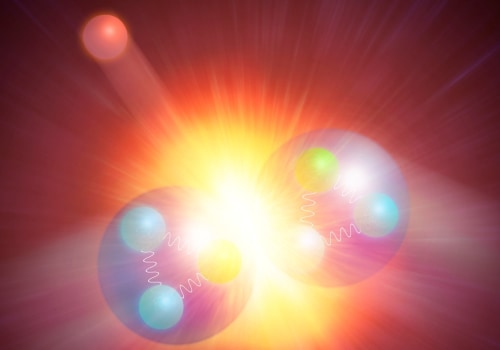
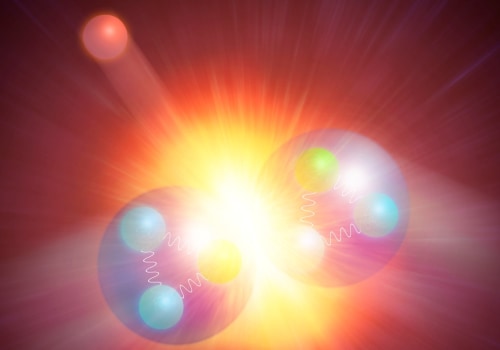

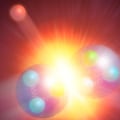
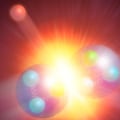

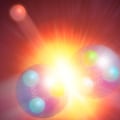
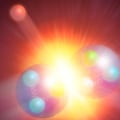
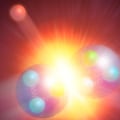
Leave Reply